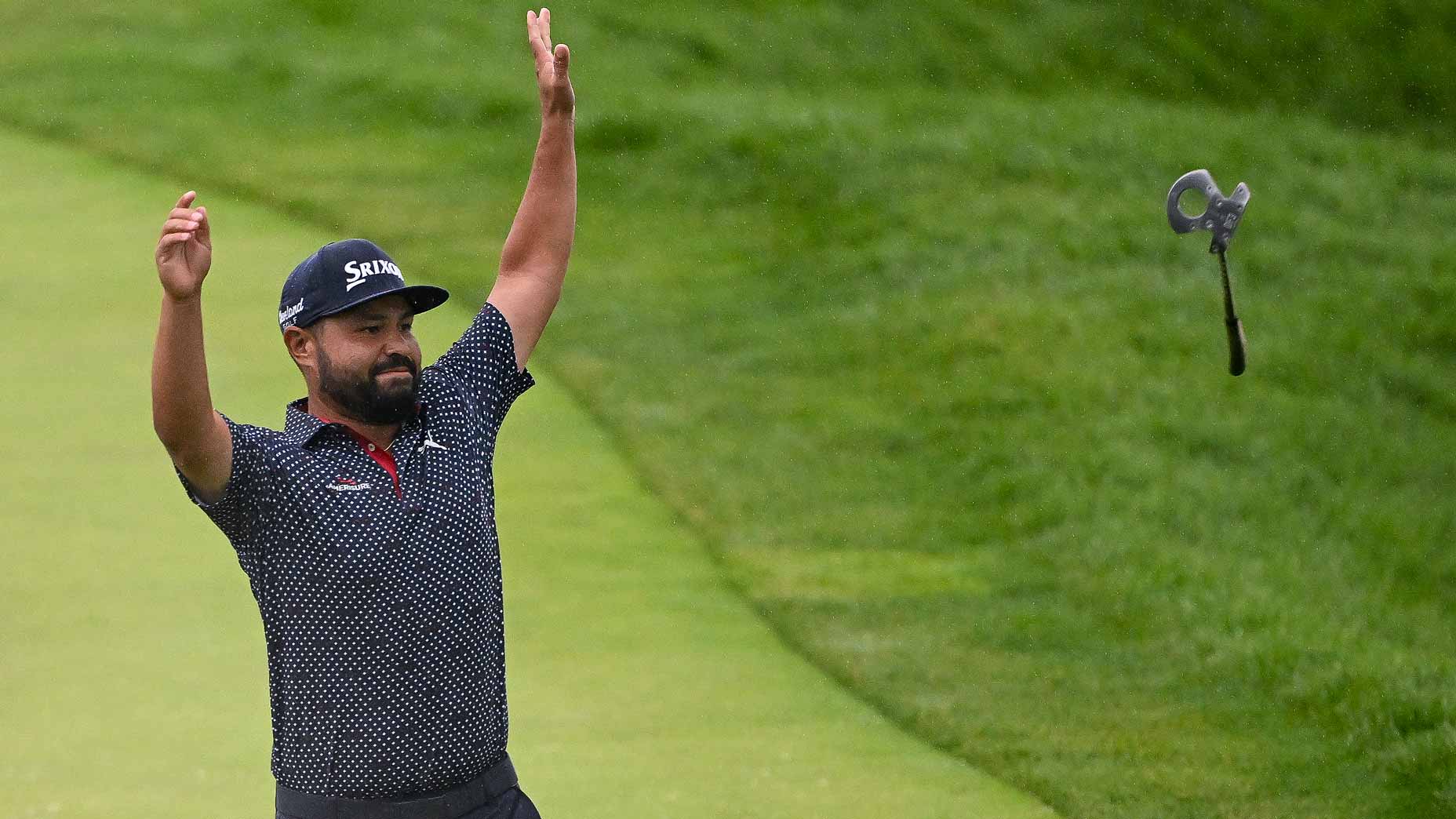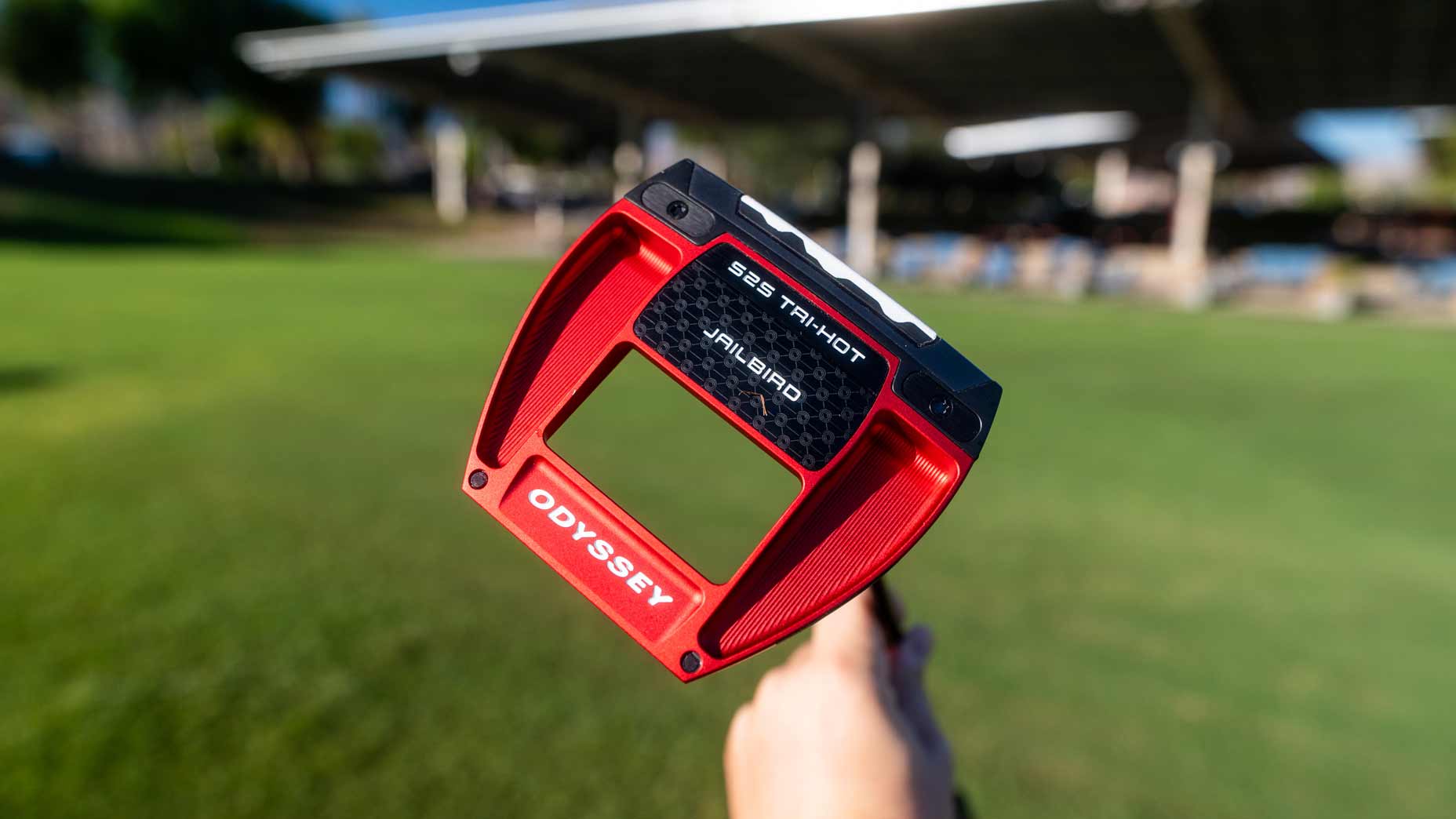 The putters used by the top PGA Tour pros in SG: Putting in 2025
The putters used by the top PGA Tour pros in SG: Putting in 2025
Fully Equipped mailbag: Should you consider using a center-shafted putter?

Welcome to another edition of the Fully Equipped mailbag, an interactive GOLF.com series in which our resident dimplehead (a.k.a., GOLF’s managing editor of equipment, Jonathan Wall) fields your hard-hitting gear questions.
Just picked up a center-shafted putter at a golf and travel show. How many, if any, play a center-shafted putter? — Nate Dodge
I’m going to assume you want to know how many golfers are using a center-shafted putter on the PGA Tour. And if that’s the case, I can tell you it’s probably somewhere in the neighborhood of less than 10 percent of the field on a given week.
In terms of notable names who’ve had success with a center-shafted putter, Payne Stewart’s win with a SeeMore at the 1999 U.S. Open is the first that comes to mind. Zach Johnson won multiple majors with a center-shafted SeeMore FGP, and Adam Scott used a center-shafted Scotty Cameron Futura X to win the 2013 Masters.

Most center-shafted putters are face-balanced, with the weight evenly distributed between the heel and toe. The weight distribution allows the head to move straight back and through instead of on an arc, which keeps the head from twisting at impact. If you struggle with directional consistency, it’s worth checking out a face-balanced putter, particularly if your typical miss is a push.
Golfers who keep their eyes directly above the ball at address could benefit greatly from the center-shafted design as well.
It’s also important to remember that a majority of center-shafted products offer little to no offset — TaylorMade’s TRUSS TB2 mallet is an exception with a half shaft of offset — which can affect your aim and ability to square the face up at impact. Some players prefer no offset, while others need a half shaft or full shaft of offset. It’s all personal preference.
ADVERTISEMENT
As you could probably guess, most players opt for a putter where the shaft is inserted closer to the heel — known as “heel-shafted” — and then figure out a suitable neck to fit their stroke type from that point. Because the heel is the most common shaft location, players rarely deviate from a known variable. But that doesn’t mean you should stick to what’s most common and never consider the idea of testing a center-shafted option.
The only way to figure out which camp best suits your needs is to test a center-shafted product against your current putter. Just make sure the putter you’re testing is the same length and head type (mallet or blade) so you get accurate results.
To hear more gear insights from Jonathan Wall and True Spec’s Tim Briand, subscribe and listen each week to GOLF’s Fully Equipped podcast: iTunes | SoundCloud | Spotify | Stitcher
ADVERTISEMENT






